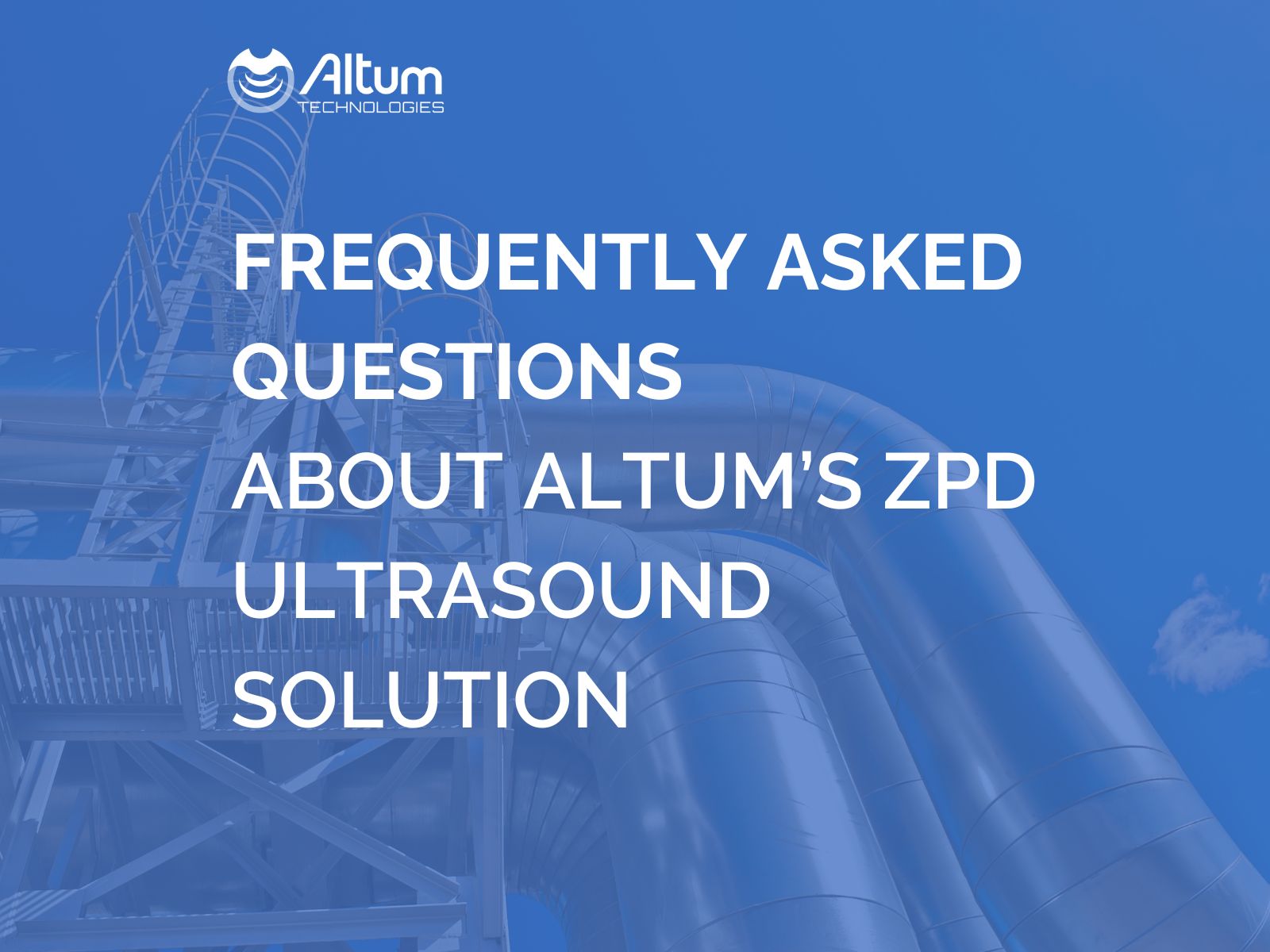Curious about how our innovative solutions can benefit your business or industry? Or wondering about the specifics of using Altum’s ultrasound technology? We’ve gathered some of the most frequently asked questions to provide you with clear answers and insights. Read on to learn more about Altum’s ultrasound solution!
Ultrasonic cleaners aren’t new technology. What makes Altum’s solution unique?
That’s true, using ultrasound for cleaning purposes is not new. However, our technology uses ultrasound in a much more efficient way. The ultrasound is high-power and most importantly, we can control it with advanced software to target the ultrasound where it is needed. Also, our solution does not only remove build-up, as it can prevent it from happening. Our ultrasound solution can also be used to enhance separation, such as separating tall oil from lignin to increase tall oil yield (find out more about tall oil separation by reading our case here).
How is your technology different from other ultrasound cleaning technologies?
Other ultrasound cleaning technologies, like ultrasonic bath cleaners, require the process to be stopped and the equipment to be disassembled. Our solution attaches on the outside of a pipe (or other industrial equipment) and prevents build up from happening or removes it with high and software-guided power ultrasound. Thus, it differs a lot from an ultrasonic bath cleaner and many other fouling cleaning solutions out there.
With our technology, we are able to bring the solution to the problem instead of the other way around: there is no need to disassemble equipment or stop production. Some other ultrasound solutions are also installed onto the equipment but lack the power and control we have with our smart, software-guided ultrasound solution.
There are cleaning robots, known as “pigs,” that can also clean pipes without disassembly. How does your solution compare to them?
These “pigs” are usually used in long, big or medium-sized pipes which transfer liquids or gas from one place to another. Our solution is suited to pipes of different sizes and especially inside production facilities to treat certain parts of the process precisely while the process is ongoing.
Does the electrical demand to operate your device outweigh the solution they provide?
Definitely not. The electrical demand is just a fraction of the value the solution can bring to a process. The financial and environmental benefits are hundreds of times greater than the electricity needed to run Altum’s solution.
Is your solution supposed to run all the time or only occasionally? Does this affect your energy efficiency?
Our solution can operate continuously or only when needed, this depends on if the goal is to remove or prevent buildup. Our solution is based on advanced software that controls the power. This ensures we always maximize energy efficiency – one of the main benefits of our technology is the ability to control when and how much power it uses.
To which materials can you externally attach the transducer for ultrasonic treatment?
The best materials to attach our transducers in order to mitigate fouling or enhance separation are steel and other alloys.
What about insulation in equipment? Does it need to be removed for ultrasonic treatment?
The insulation needs to be removed for installation of the ultrasound transducers but can then be reinstalled.
Can it be applied to underground pipelines?
Unfortunately, not, at least for now.
What different types of fouling can you remove or prevent?
We can mitigate a wide range of different types of fouling, particularly mineral scaling caused by crystallization. Check out this blog to find out more about common types of fouling we have experience with: What is Fouling? You can also see our references for some real-life case examples.
How do you tackle potential downstream issues with removed fouling?
This can be tackled with the proper planning of how and how often the fouling removal or prevention is done. Many of our clients have filters in place that help in this kind of situations. Also when the fouling is treated more frequently, the loosened fouling is more dust-like than big flakes. In many installations fouling in pipes and heat exchangers is built from the same substances that are in the process and even though there would be bigger particles flowing after removing the fouling, it doesn’t affect the process negatively at all.
Is there any vibration? Does it have an impact on pipe joints or welded joints and integrity of the system that is being treated?
The vibration is microscopic or non-existent, hence not affecting the equipment in any way. A key feature of our solution is that we can guide the ultrasonic waves inside the structure and monitor the power to ensure equipment safety.
If your question was not answered here, don’t hesitate to contact us. We’ll be happy to help you!
Don’t forget to follow us on LinkedIn to stay tuned for our upcoming insights.

